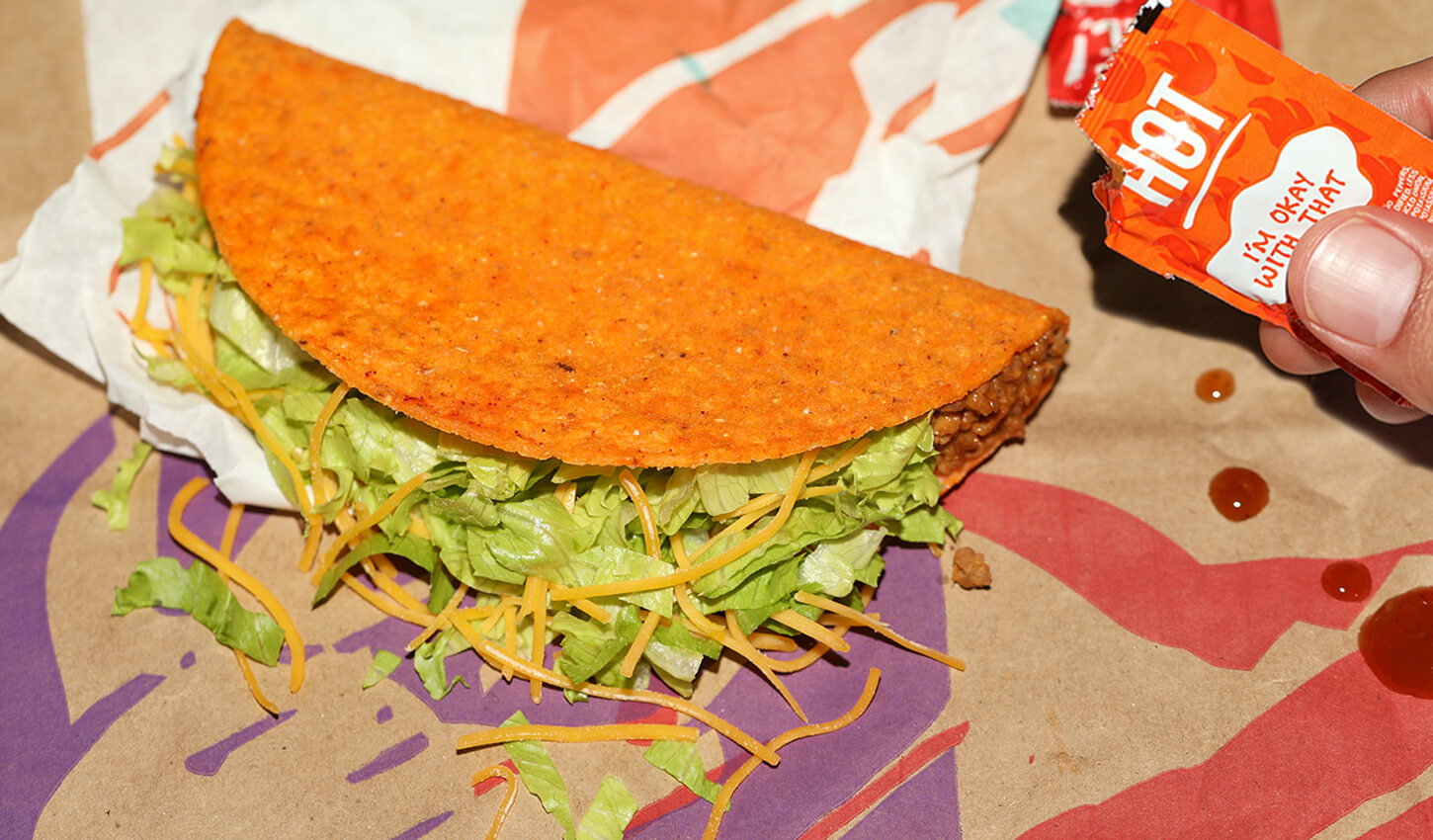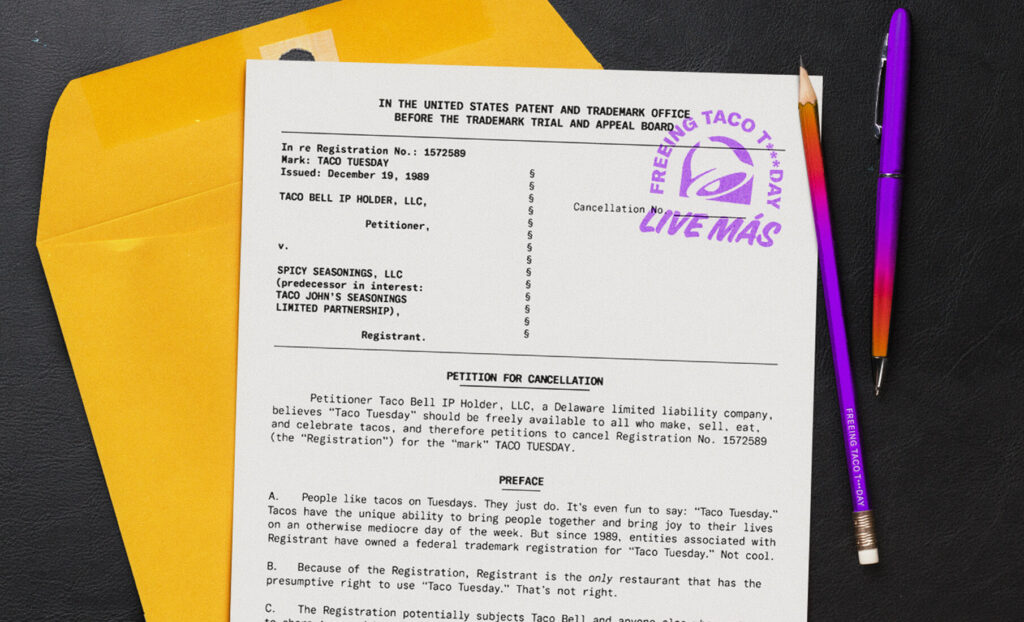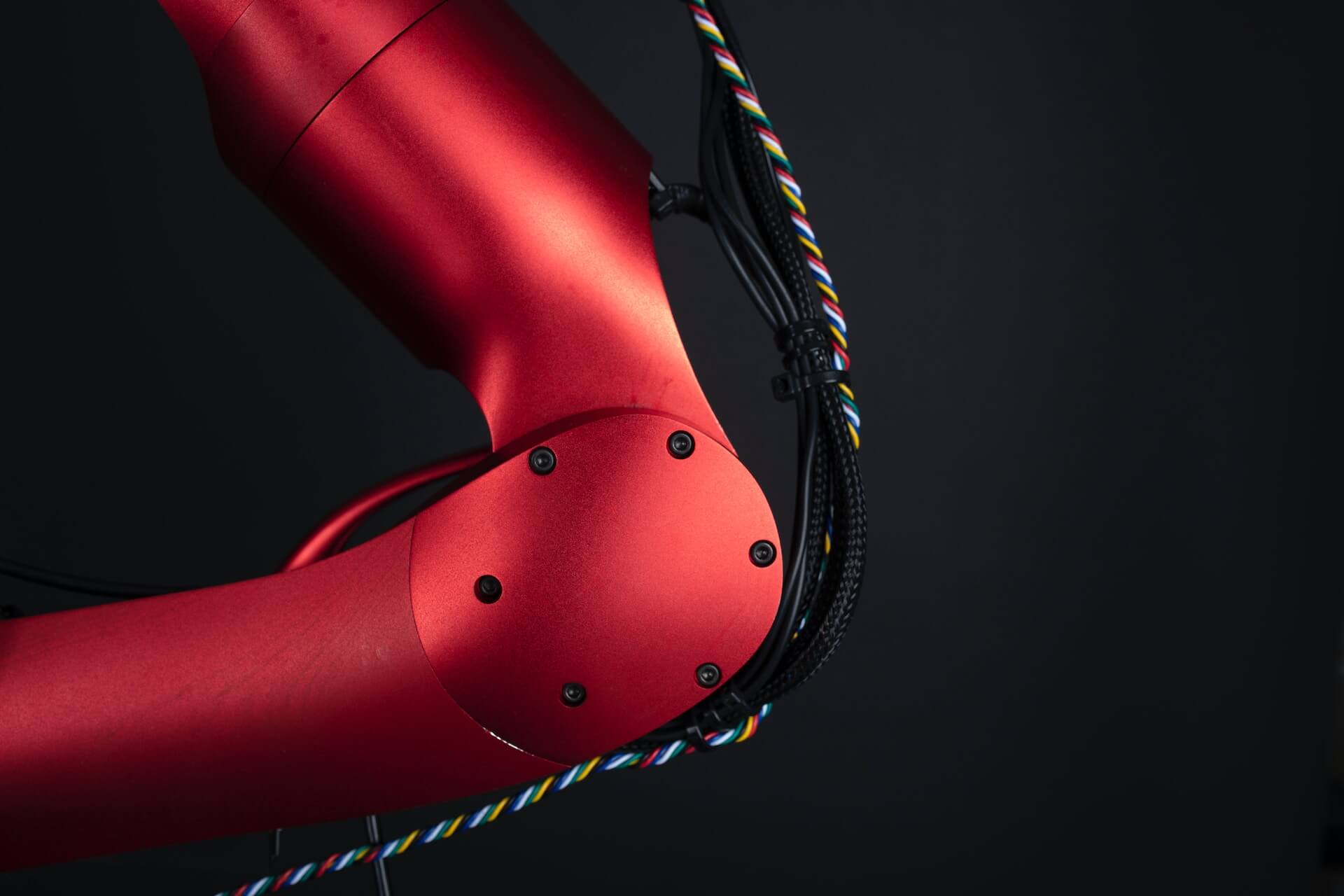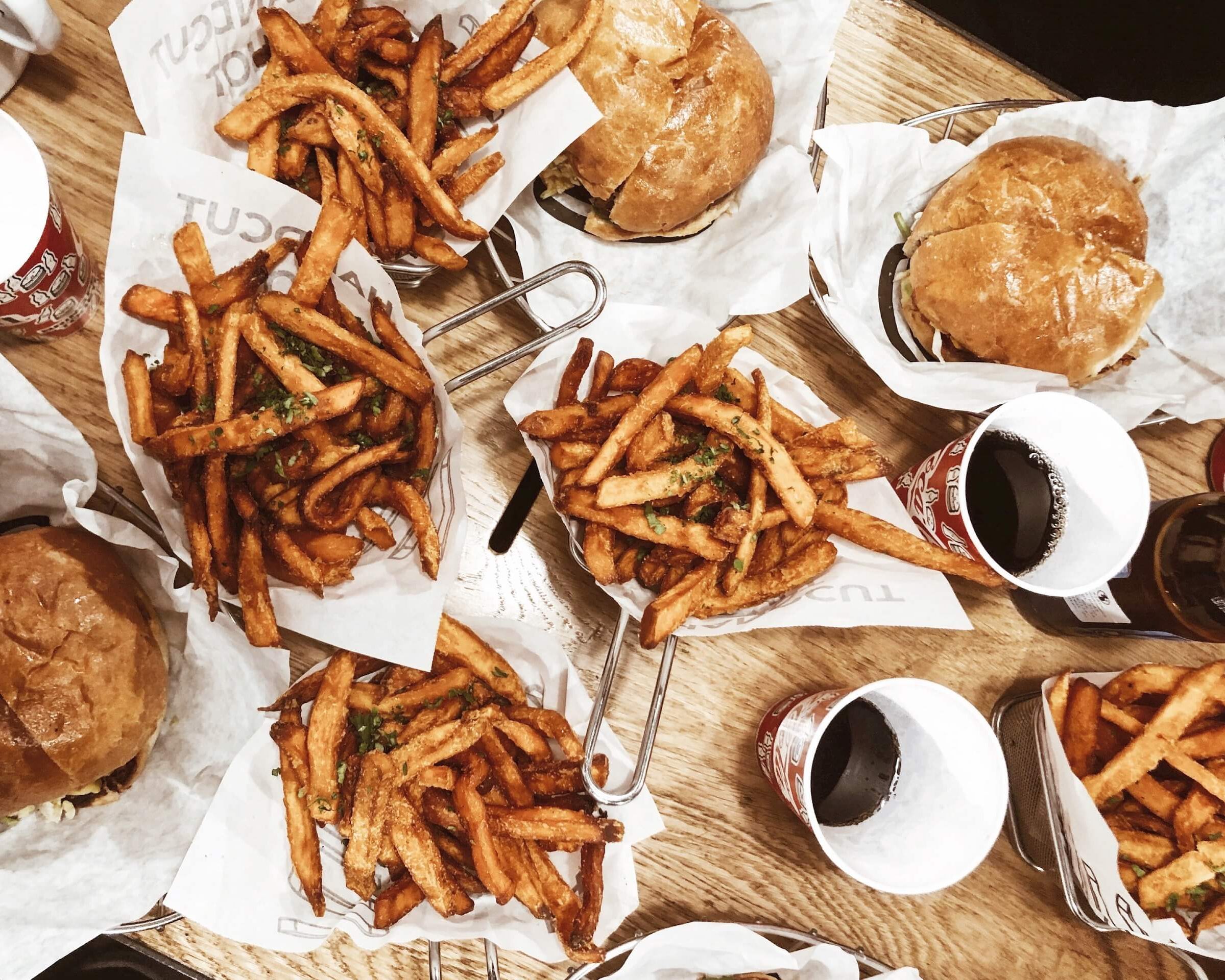Campspot’s Top Canadian & US Campgrounds
by David Klemt

Campspot helps campers, road-trippers, and adventurers select their next place to call home when traveling throughout North America.
Visitors to the Campspot site will find reviews and lists of amenities for more than 230,000 campgrounds.
Further, they select ten campgrounds across several categories for their Campspot Awards. Below, the top ten Campspot campgrounds for 2024 in Canada and the US. Oh, and there’s a bonus section for the five glamping sites that earned Campspot Awards.
However, I’ve done more than just share a few awards lists. In this article, I’ve also shared what basics and amenities these campgrounds have in common, and a number of standout features.
It’s important for current and future campground operators to know what guests expect, and what will make their visits memorable (in a good way).
Let’s check out this year’s award winners!
2024 Campspot Awards: Canada
- Pathfinder Camp Resorts: Agassiz-Harrison, 4.6 stars (Agassiz, British Columbia)
- Pinnacle Trails Resort, 4.4 stars (Yellowhead County, Alberta)
- Sun Retreats Sherkston Shores, 4.4 stars (Sherkston, Ontario)
- Village Des Écluses, 4.4 stars (Pointe-des-Cascades, Québec)
- River Run Resort & Grill, 4.2 stars (Kingsclear, New Brunswick)
- Dinosaur Trail RV Resort & Cabins, 4.1 stars (Drumheller, Alberta)
- Yogi Bear’s Jellystone Park™ Camp-Resort: Kingston, 4.0 stars (Kingston, Nova Scotia)
- Candle Lake Golf Resort, 4.0 stars (Candle Lake, Saskatchewan)
- Logos Land Resort, 3.7 stars (Cobden, Ontario)
- Pacific Playgrounds Oceanside Resort, 3.2 stars (Black Creek, British Columbia)
2024 Campspot Awards: US
- Brialee Family Campground, 4.9 stars (Ashford, Connecticut)
- Greenbrier Campground, 4.9 stars (Gatlinburg, Tennessee)
- Jackson Rancheria Casino & RV Resort, 4.9 stars (Jackson, California)
- Stonebridge RV Resort, 4.9 stars (Maggie Valley, North Carolina)
- Ocean Grove RV Resort: St. Augustine, 4.8 stars (St. Augustine, Florida)
- Paradise by the Sea Beach RV Resort, 4.8 stars (Oceanside, California)
- Santa Cruz Redwoods RV Resort, 4.8 stars (Felton, California)
- Canyon View RV Resort, 4.7 stars (Grand Junction, Colorado)
- Verde Ranch RV Resort, 4.7 stars (Camp Verde, Arizona)
- Sun Outdoors Myrtle Beach, 4.5 stars (Conway, South Carolina)
Amenities & Trends
When one takes a good look at both lists, a few commonalities jump out.
Most notably, the inclusion of the word “resort” in most of the above campground names. In fact, eight of the ten campgrounds on Campspot’s Canadian list feature the word. That number drops by just one on the American list.
This makes sense, of course. When people see the word “resort,” it speaks to an elevated guest experience. So, when people are making plans and searching for somewhere to camp, finding a resort may be a more attractive proposition.
One they’re there, though, what’s the actual experience? What are the amenities helping guests make their selections and, hopefully, converting them to repeat guests?
I took a look at each campground and found these in common, starting with the basics:
- bathrooms
- dump station
- garbage
- general store
- Internet access
- laundry
- showers
Many campgrounds (or RV resorts) also feature experiential amenities:
- availability of alcohol
- arcade
- bike rentals
- dog park
- hiking
- hot tub / sauna
- ice cream
- pavilion
- pool
- playground
- snack stand
- sports (basketball, volleyball, fishing, paddle boats, etc.)
There are, of course, some more unique amenities, such as:
- arts and crafts (Verde Ranch)
- gaga ball (Logos Land)
- golf cart rentals (Candle Lake, Sun Retreats)
- mini-golf (Pinnacle Trails)
- outdoor theater (Pinnacle Trails)
- restaurant (Jackson Rancheria, Ocean Grove, Santa Cruz, Sun Outdoors, Sun Retreats, Village Des Écluses)
- shuffleboard (Verde Ranch)
- waterpark (Pinnacle Trails, Sun Retreats, Verde Ranch)
Bonus: 2024 Campspot Awards: Glamping
- Blue Mesa Adventure Pods at Elk Creek Campground, 5.0 stars (Gunnison, Colorado)
- Buck Hill Campground, 5.0 stars (Newland, North Carolina)
- Jellystone Park™ Camp-Resort: Glen Ellis, 4.7 stars (Glen, New Hampshire)
- Smokiam RV Resort, 4.6 stars (Soap Lake, Washington)
- Westward Shores Cottages & RV Resorts, 4.2 stars (West Ossipee, New Hampshire)
Notably, the top two glamping campgrounds on this list don’t use the word “resort.”
Moreover, Jellystone Glen Ellis and Westward Shores feature dozens of attractive amenities. For example, both have access to a beach and a restaurant. Guests can also play laser tag, rent golf carts, access cable TV, and take part in arts and crafts.
At Jellystone Glen Ellis, guests can play mini-golf or enjoy a waterpark. People who enjoy boating will be happy that Westward Shores has a boat launch.
Interestingly, none of the campgrounds on the Canada, US, or glamping lists notes cornhole as an amenity. With so many offering horseshoes, I would’ve thought cornhole would also be available.
Image: Tiffany Bauer on Pexels











